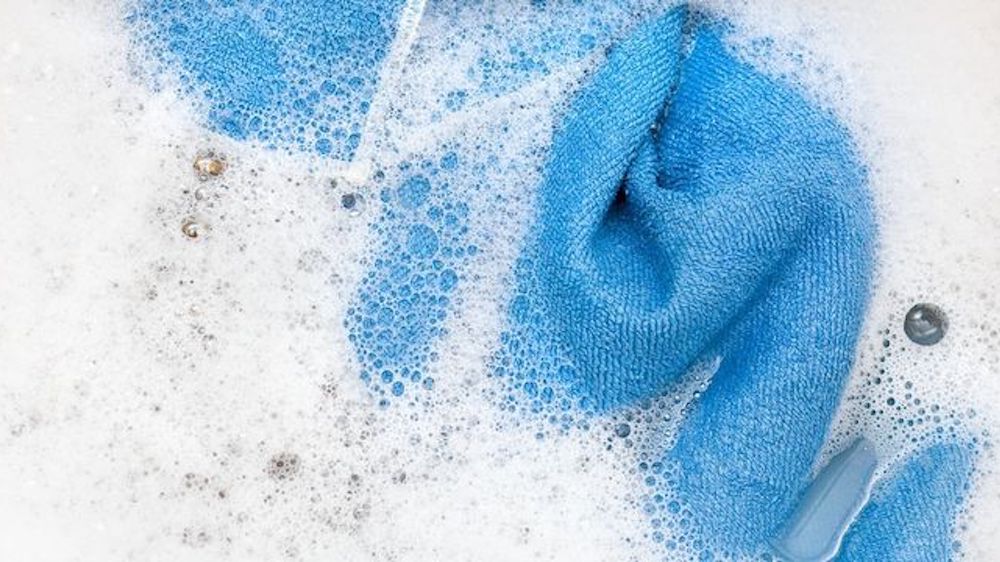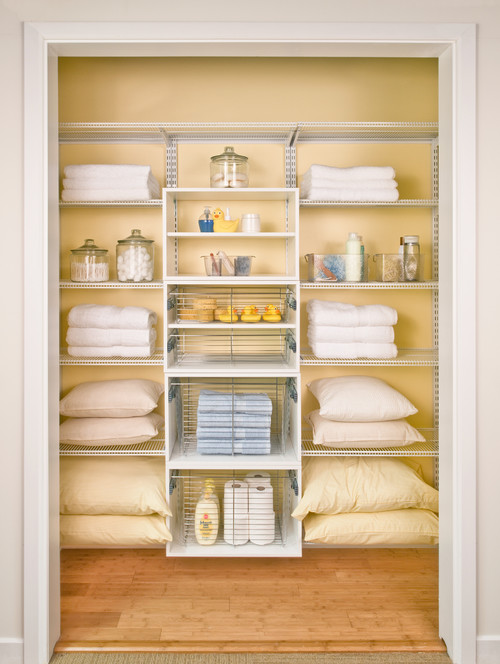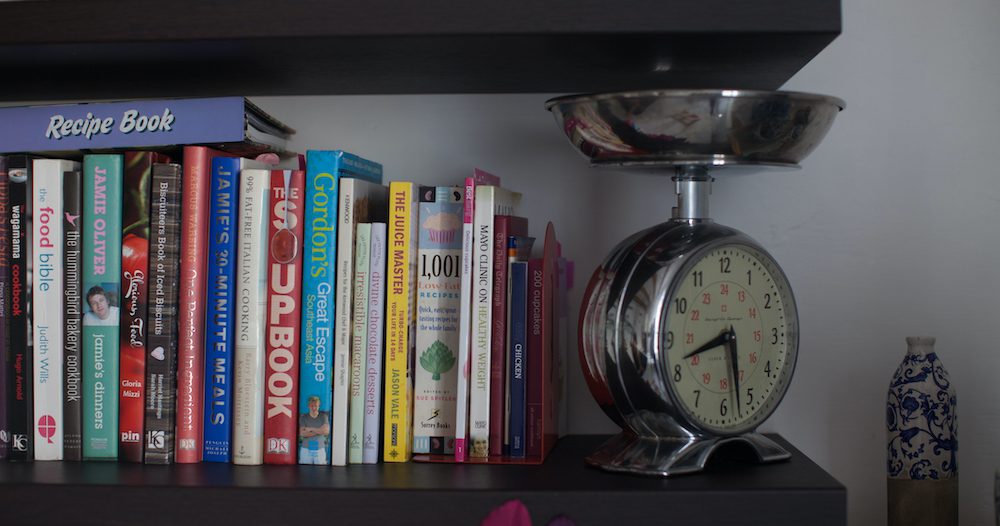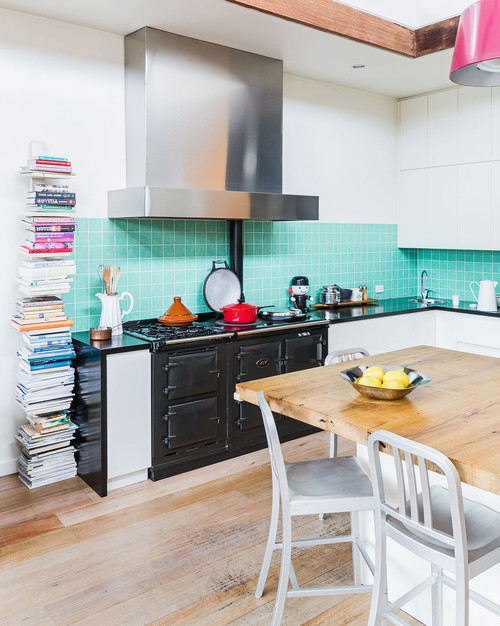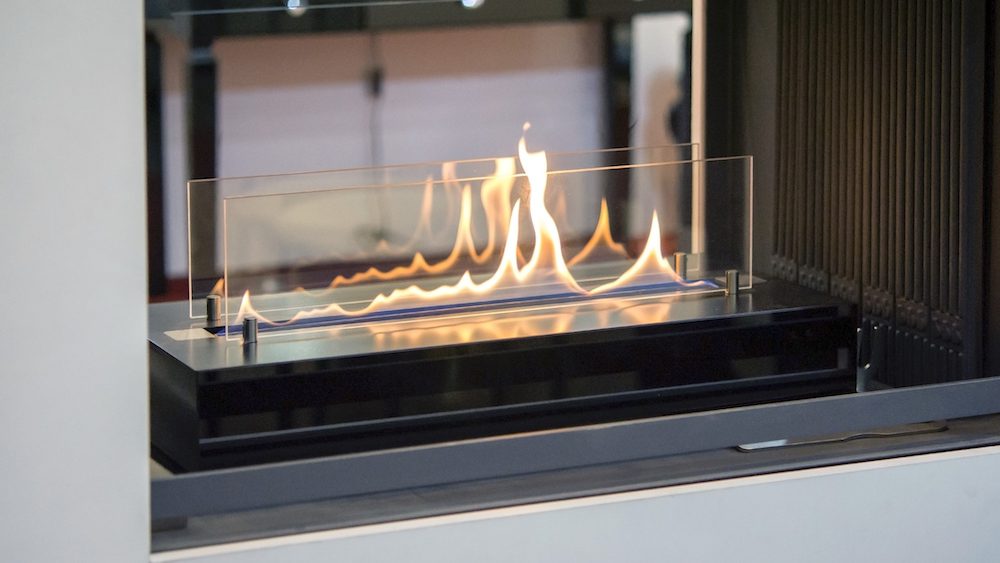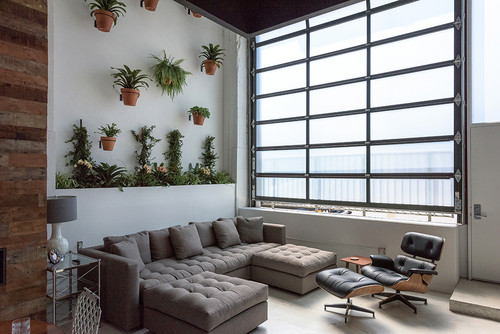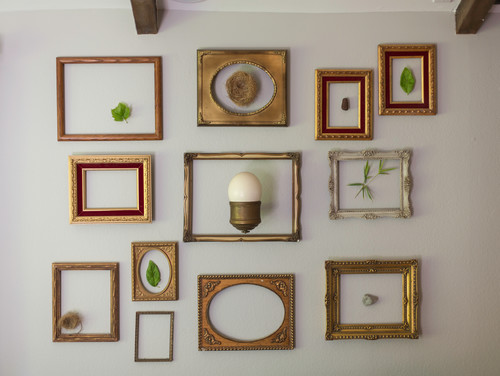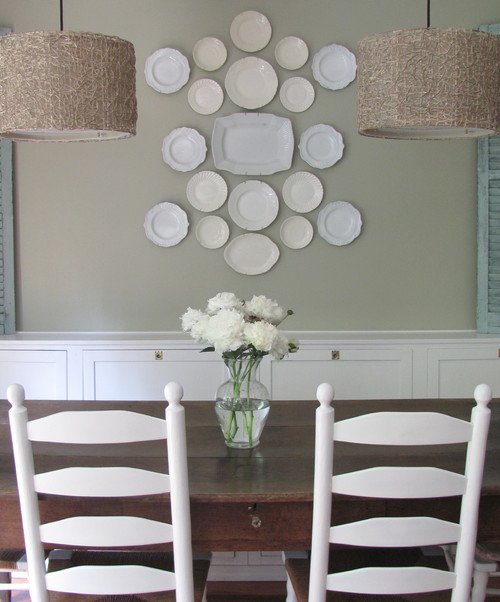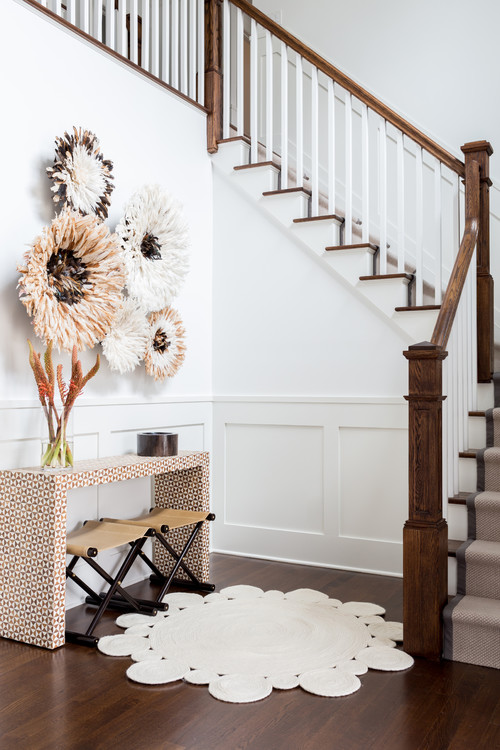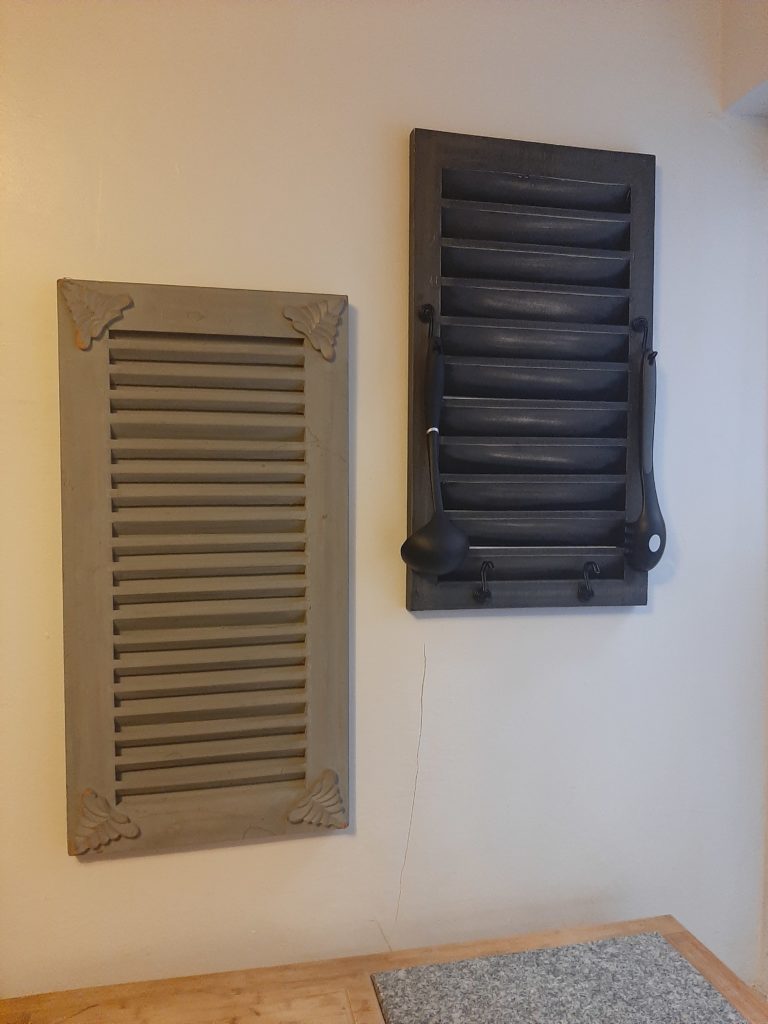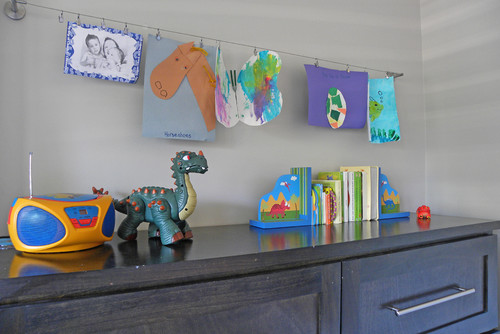
HGTV
Ever wonder what it’d be like to renovate your parents’ house? That’s what Drew and Jonathan Scott face on the latest “Property Brothers: Forever Home.”
In the Season 4 episode “Buying Mom and Dad’s House,” the brothers help Mike and Ashley renovate Ashley’s parents’ house in Las Vegas. The home is woefully outdated, but Ashley and Mike have an impressive $155,000 budget to update this old house.
Here’s how the Scott brothers bring this house into the modern age—with some take-home lessons you might be inspired to try in your own abode.
A large island can help define an open floor plan
HGTV
Ashley’s parents’ old house was renovated in the early 2000s, so it’s still in fairly good shape. Still, Drew and Jonathan know that the home, especially the kitchen, could use some updates.
The brothers replace the dark cabinets and add some fun new lighting fixtures, but when it comes to the kitchen island, the brothers realize that they’re going to need to make a big change.
HGTV
The existing island is already large, but once the brothers take down a living room wall, the space feels awkwardly open. Jonathan points out that with the wall gone, the kitchen and living room need an even larger island to fill up the space.
“Having the island here with the breakfast bar seating will just be that perfect way to anchor the kitchen,” he says.
With dark cabinets and a crisp white counter, this new, bigger island is a welcome addition. Plus, the brothers note that the additional counter space will come in handy when Ashley’s extended family gather to whip up their Italian meals.
“This is going to be the perfect Italian family pasta-making station,” Drew says of the new island.
Faux beams look about as good as real ones
HGTV
Mike and Ashley would love some faux beams in the living room, but Drew and Jonathan run into a problem when they realize the ceilings are wider than expected.
Jonathan explains that the beams are too short for this living room and, if installed as is, they’d end right in the middle of the ceiling.
“Normally we take them either into a shorter run right into the wall or into another beam,” Jonathan says, inspecting the space.
So the brothers plan to install two beams that could meet in the middle of the ceiling and order faux brackets to conceal the seams. The brackets are made of foam, making them lightweight while still looking great.
Large sliding doors add indoor-outdoor flow
HGTV
While Mike and Ashley are most focused on making this home kid-friendly for their future family, they’d also like to have a great space for entertaining their friends.
So Drew and Jonathan install large, glass sliding doors on either side of the fireplace. These doors provide a beautiful view of the backyard, plus the indoor-outdoor flow will help large gatherings feel less crowded.
“Not only are they going to have a total of 20 linear feet of glass, but they’re also going to have these beautiful sliders that open up,” Jonathan says, “5 feet opening on one side, 5 feet on the other side—so they can throw parties and have everybody come in and out.”
A steam shower is the latest, greatest bathroom luxury
HGTV
Drew and Jonathan know that style updates are a must for this old home, but they also realize that the house could use some modern comforts.
The brothers decide to give the master bathroom a makeover by adding one of the hottest amenities of the year: a steam shower. The new shower is certainly luxurious, but the brothers explain that it can be tricky installing this modern feature because it requires unique materials.
Jonathan explains that while natural stone tiles may be popular these days, porcelain tile is best for this kind of shower.
“Nonporous tiles like porcelain won’t absorb the heat the same way as natural stone will,” he says.
Wainscoting can add personality to a bedroom
HGTV
Of course, Ashley and Mike don’t want to be reminded of Ashley’s parents when they’re in their new master bedroom, so Drew and Jonathan know they need to give the room a new look.
They replace the dated, bulky furniture with more modern pieces, and they add some dark wainscoting behind the headboard for a new style.
Jonathan points out that this update is easy to install, and it’s an elegant way to make a room look a little different.
“It’s a great way to create an upscale-looking design without blowing your budget,” says Jonathan.
HGTV
The post The Property Brothers Reveal the Best Bathroom Upgrade of 2020 appeared first on Real Estate News & Insights | realtor.com®.

